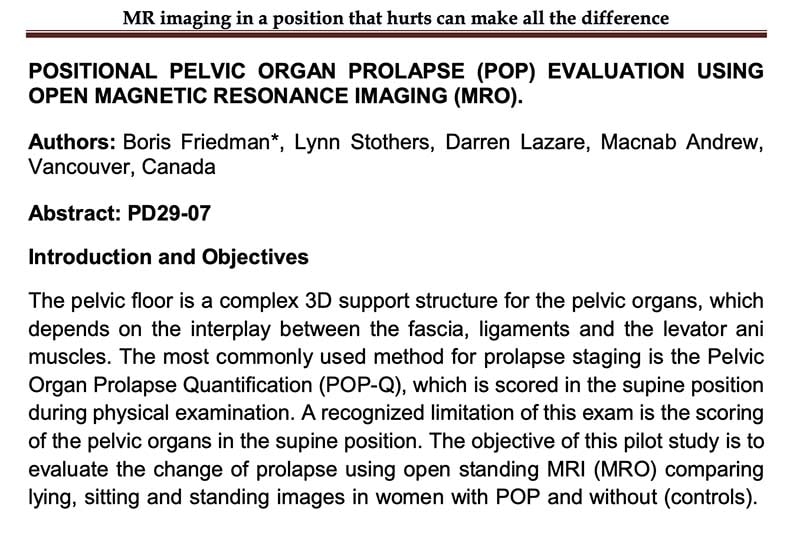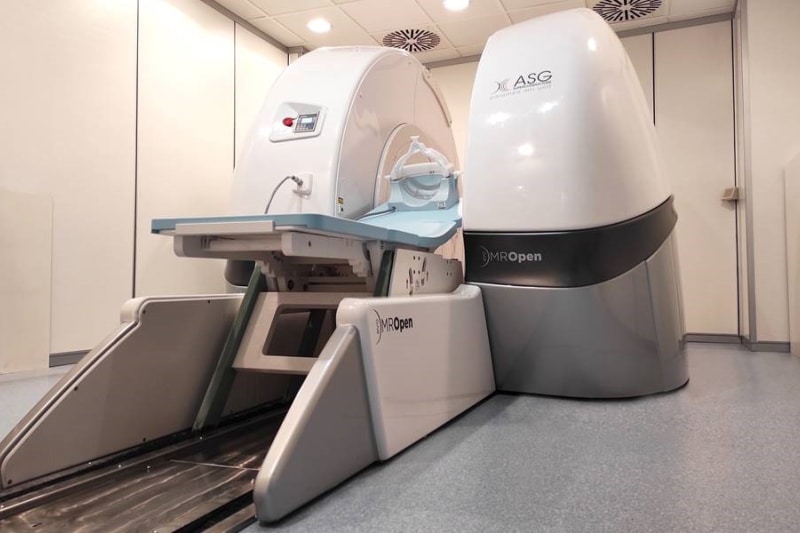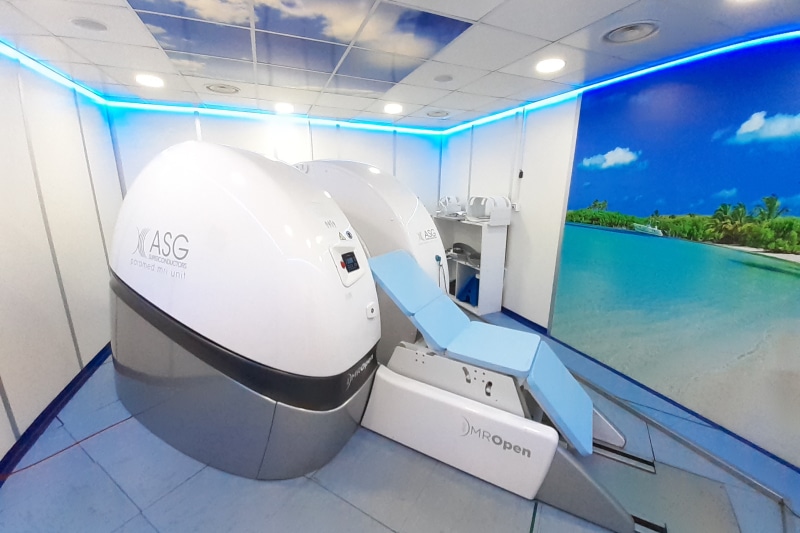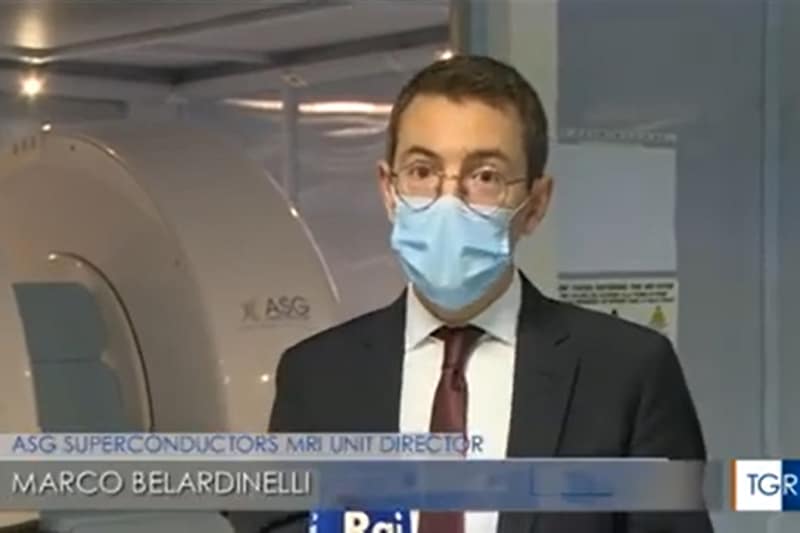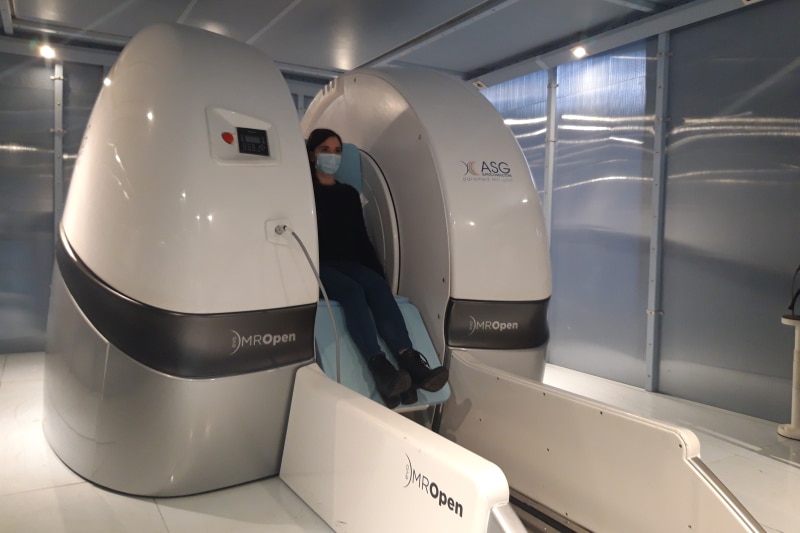The pelvic floor is a complex 3D support structure for the pelvic organs, which depends on the interplay between the fascia, ligaments and the levator ani muscles. The most commonly used method for prolapse staging is the Pelvic Organ Prolapse Quantification (POP-Q), which is scored in the supine position during physical examination. A recognized limitation of this exam is the scoring of the pelvic organs in the supine position. The objective of this pilot studyis to evaluate the change of prolapse using open standing MRI (MRO) comparing lying, sitting and standing images in women with POP and without (controls).
NEWS
Video: BE OPEN. Stress free MRI.
MROpen Evo. The best MRI experience. One of our [...]
Affidea Italy: at the Nuova Lamp Center the only “open air” resonance in Northern Italy
Investments in innovative medical technologies continue in Piedmont.The new [...]
The proton beam scanner who sees and cures the tumor
Made in Italy technology ready for the treatment and [...]
Video: TGR Liguria – ASG Superconductors: a new approach to the future of cancer treatment
Towards live imaging in proton therapy ASG Superconductors with [...]
ASG Superconductors with HZDR combine magnetic resonance imaging with proton therapy
ASG Superconductors with Helmholtz-Zentrum Dresden-Rossendorf (HZDR) will build the [...]
ASG will provide magnets for a new proton therapy system
The Malacalza family company will work with Dresden's HZDR [...]
DISCOVER MORE

